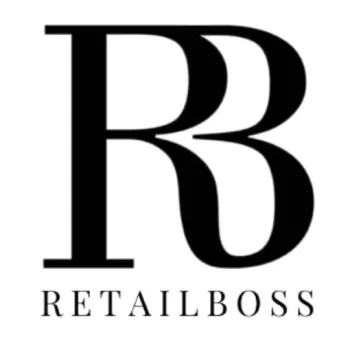The sustainable fashion marketplace sector is experiencing explosive growth, with platforms like Depop, thredUP, and ASOS Marketplace driving a projected 23% annual expansion through 2032, positioning the market to eclipse $53 billion by 2032. This surge is fueled by Gen Z’s embrace of circular fashion and regulatory pressures on traditional apparel brands.
Table of Contents
Top Marketplaces Leading the Charge
- Depop: A peer-to-peer resale giant, Depop reports a 45% year-over-year revenue increase, leveraging its focus on “reworked vintage” and social media-driven trends.
- thredUP: Dominating the online thrift segment, thredUP’s AI-driven dynamic pricing achieves 22% higher sell-through rates, with 172 million secondhand items circulating through its platform.
- ASOS Marketplace: Curates independent designers and sustainable brands, capturing 28% of the luxury rental segment.
- Vestiaire Collective: Specializes in upcycled luxury, seeing a 33% spike in altered/repaired items in Q1 2025.
- The RealReal: Reduced counterfeit listings by 72% via advanced authentication algorithms.
Key Growth Drivers
- Gen Z influence: 62% of 18–24-year-olds prioritize secondhand purchases, driven by affordability and eco-consciousness.
- Regulatory catalysts: The EU’s mandate to recycle 65% of textiles by 2030 pushes brands toward marketplace partnerships.
- Cost savings: Secondhand apparel averages 48% cheaper than new sustainable lines.
Market Segmentation
- Online platforms: Dominated by thredUP and Poshmark, accounting for 45% of revenue.
- Curated marketplaces: ASOS Marketplace and Farfetch Second Life target luxury and niche designers.
- Secondhand/upcycled hubs: Vestiaire Collective and Grailed focus on high-end resale and vintage.
Challenges and Innovations
- Quality control: 41% of buyers report misgraded items, necessitating better verification systems.
- Tech advancements: Blockchain traceability and AI-driven tools reduce waste by 30% in 3D-printed designs.
- Logistics emissions: Last-mile delivery contributes 38% of carbon footprints.
Future Outlook
The sector’s trajectory hinges on scaling circular economy models. As Etsy’s CEO Josh Silverman notes, success requires “infrastructure to keep every garment in perpetual circulation.” With 78% of fashion waste still landfilled, marketplaces must transition from alternatives to industry pillars.

















